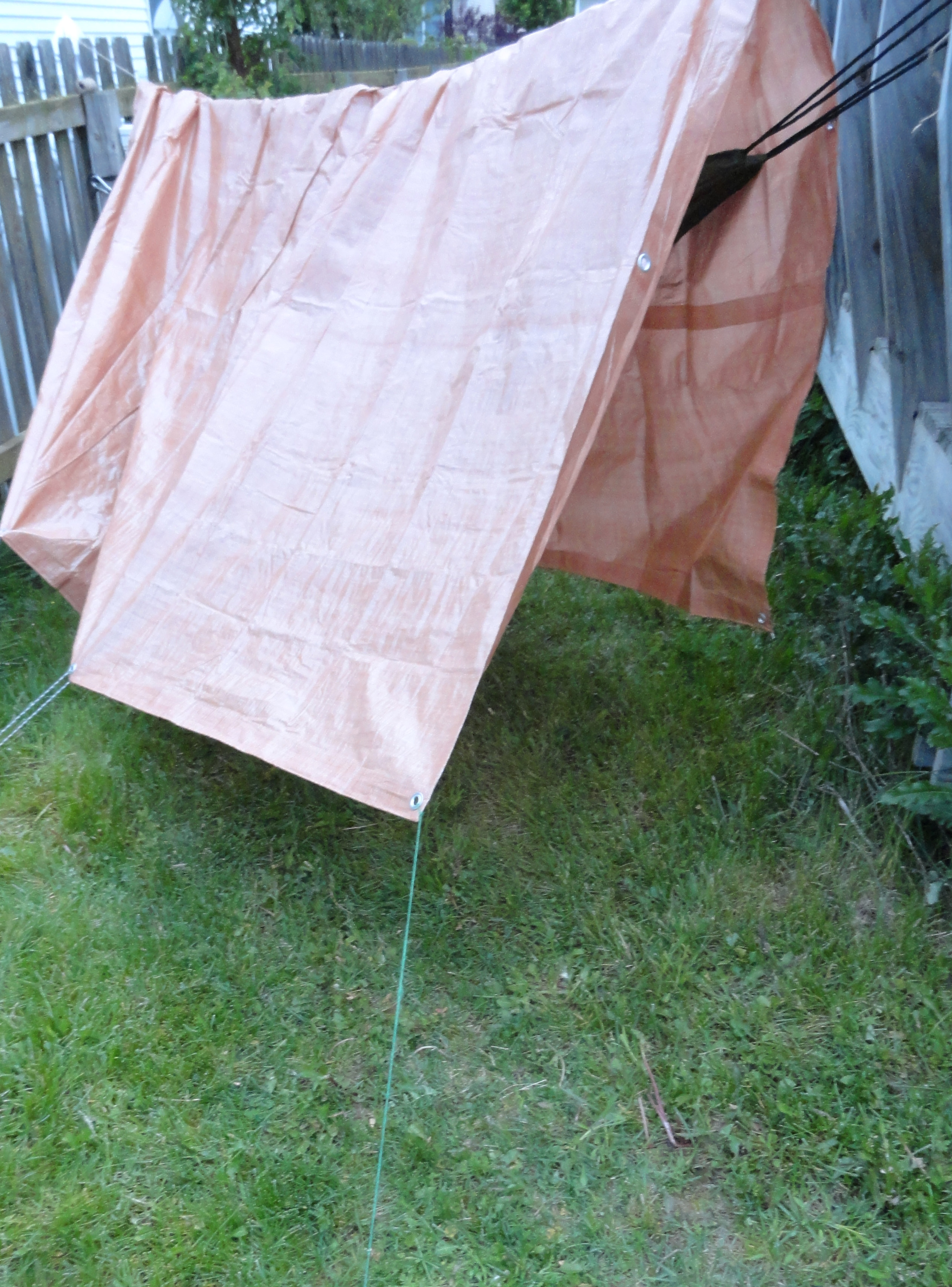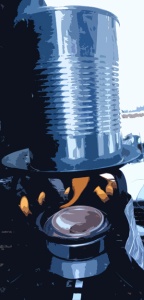
Some people would like their camping gear to be flawless. That’s fine, provided you are willing to pay the freight for flawless. I have one criticism about the Stanley Adventure Cook Set. The cups included are about as useful as teats on a boar hog. I have no idea why they are included. They add weight and take up space better used by a spork or a little alcohol stove. I would be willing to pay a bit more for that, and that would make it an actual adventure cook set. As it stands, it is a cooking pot with a lid, and two nearly useless cups.
But it is probably the finest cooking pot with a lid I have seen. Especially for less than $15. I sort of wish it was wider. But the workmanship and design are nearly flawless. I like that the handle locks into position, both open and closed, as closed, the handles hold that pot lid on. I like the lid. It functions as both a steam vent and a strainer. Those are two things that are very valuable in camp cooking pots, and you don’t always see them. The pot is light for a stainless steel pot. It has graduations showing ounces. Importantly, an Ozark Trail cup will fit the outside of it. You could use a pot scrubber to make it fit tightly.
I went to Wal*Mart looking for their GSI clone cook set which has bowls and a bigger, wider pot. Those seem to have left the building. I have heard some reviews which say the non-stick coating flakes off and other quality control issues. I was on the fence about going to the Stanley, and went to two Wal*Marts, Target, and Dicks’ before I bought this. I live in the Midwest, and sometimes the aforementioned suppliers seem to have little or no camping gear as regards cooking. Wal*Mart appeared to have the best selection, followed by Dicks, who seemed to have space for more camping gear than they had.

If the weather had been better, I would have sojourned farther to Bass Pro/Cabelas, but it wasn’t. As it was, though, I am very happy with this outfit for touring. It will do a good job for basic one day trips when I don’t want to carry the backpacking stove and gas canisters. Sometimes I like just using the Trangia or the little wood stove. Sometimes, I just heat coffee or tea. But this would provide capacity and measurements for freeze-dried meals or other prepackaged entrees. I also saw some single servings of popular freeze dried meals at the Wal*Mart. It’s the only place I see single servings of that.
The pot is made of food grade 18/8 stainless steel. It is not a magnetic variety of stainless steel. The cups also double the weight of this pot, another reason to ditch the cups. It is 14 ounces with cups, and 8 ounces without. Around any fiery situation like this, I usually have leather gloves on. This insulates me from heat of cooking pot handles, and is a good safety measure against mishaps. Often, I use such gloves for riding gloves as well. I usually use Harbor Freight’s cheaper leather gloves. I will now have to get this little cook set adapted for my use, and take it out on the road for some real world experience. Once it stops snowing.






